Travel to Everglades National Park
Explore the River of Grass — where winding waterways, mangroves, and rare wildlife create one of America's most extraordinary ecosystems.
Plan Your VisitAbout the Everglades
Discover America's largest subtropical wilderness
Stretching across 1.5 million acres in southern Florida, Everglades National Park is the largest subtropical wilderness in the United States. It's home to alligators, manatees, panthers, and hundreds of bird species — a haven for nature lovers and conservationists alike.
Location
Southern Florida
Area
1.5 million acres
Known For
Wetlands, mangroves, wildlife diversity
Established
1947
Best Season
December–April (dry season)
Top Attractions
Must-see destinations in Everglades National Park
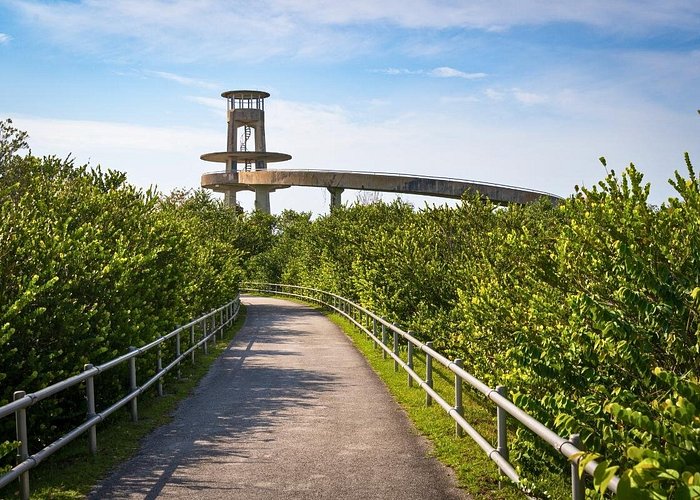
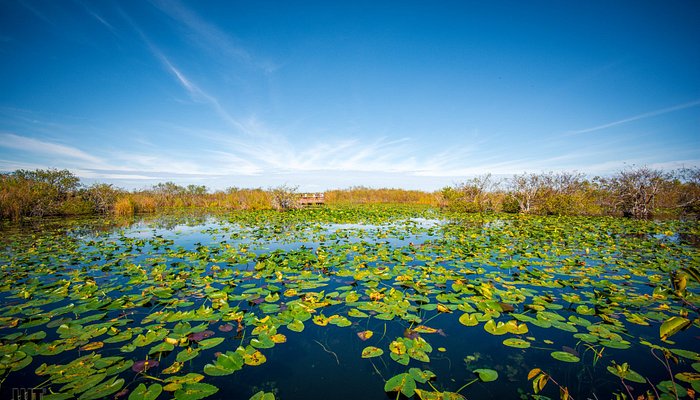

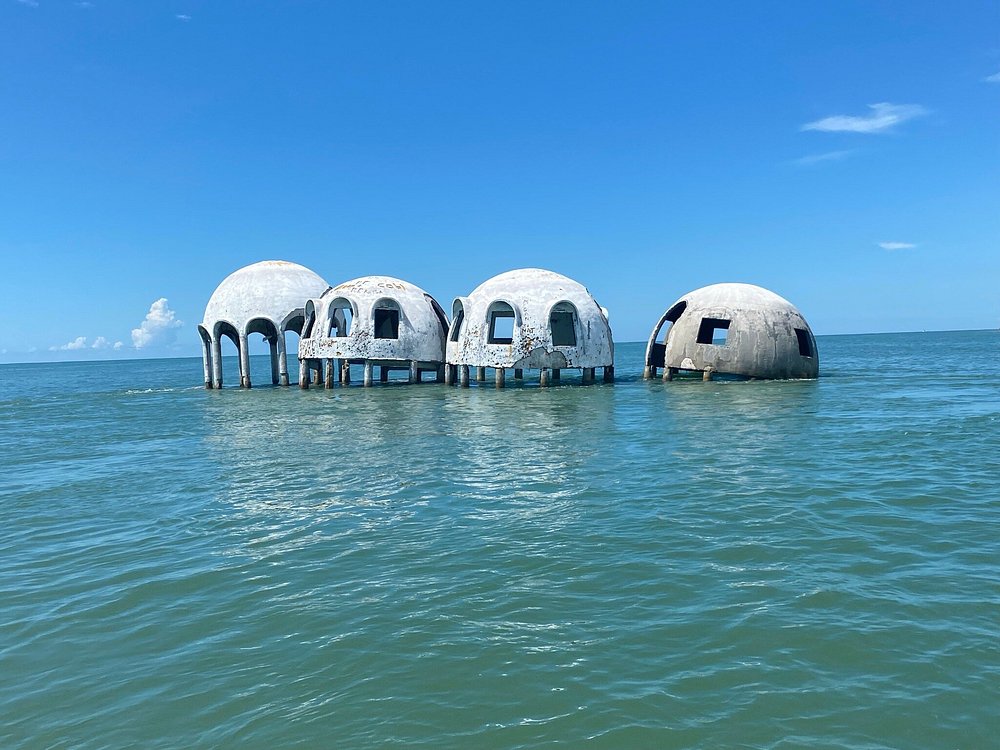
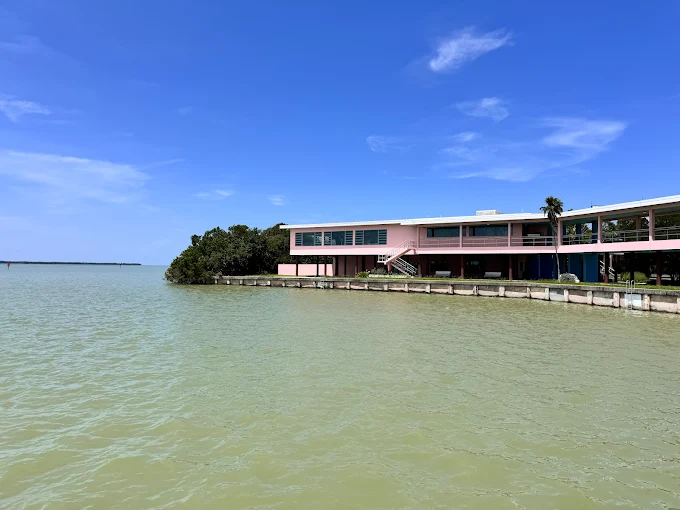
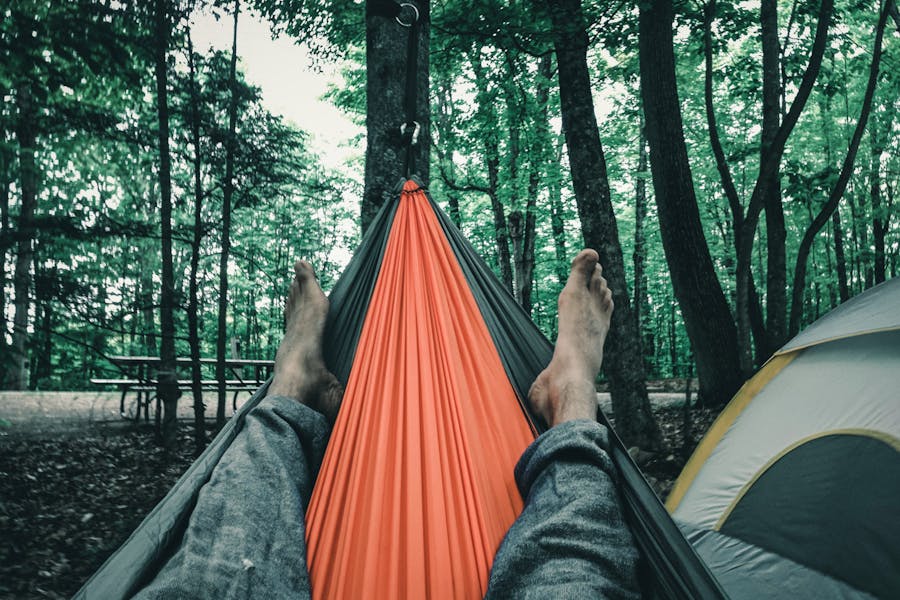
Things To Do
Experience the best of Everglades National Park
Airboat Tours
Glide through the wetlands and spot wildlife. Professional guides share insights about the ecosystem while you navigate through sawgrass marshes and mangrove tunnels.
Kayaking & Canoeing
Paddle through mangrove tunnels and coastal estuaries. Popular routes include the Nine Mile Pond Canoe Trail and the Wilderness Waterway.
Birdwatching
Home to roseate spoonbills, egrets, herons, and ospreys. The Anhinga Trail and Eco Pond are prime birding locations.
Wildlife Viewing
Observe alligators, crocodiles, and manatees in their natural habitat. Shark Valley and the Anhinga Trail offer excellent viewing opportunities.
Camping
Enjoy starlit nights at Long Pine Key or Flamingo Campground. Backcountry camping is also available with permits for a more remote experience.
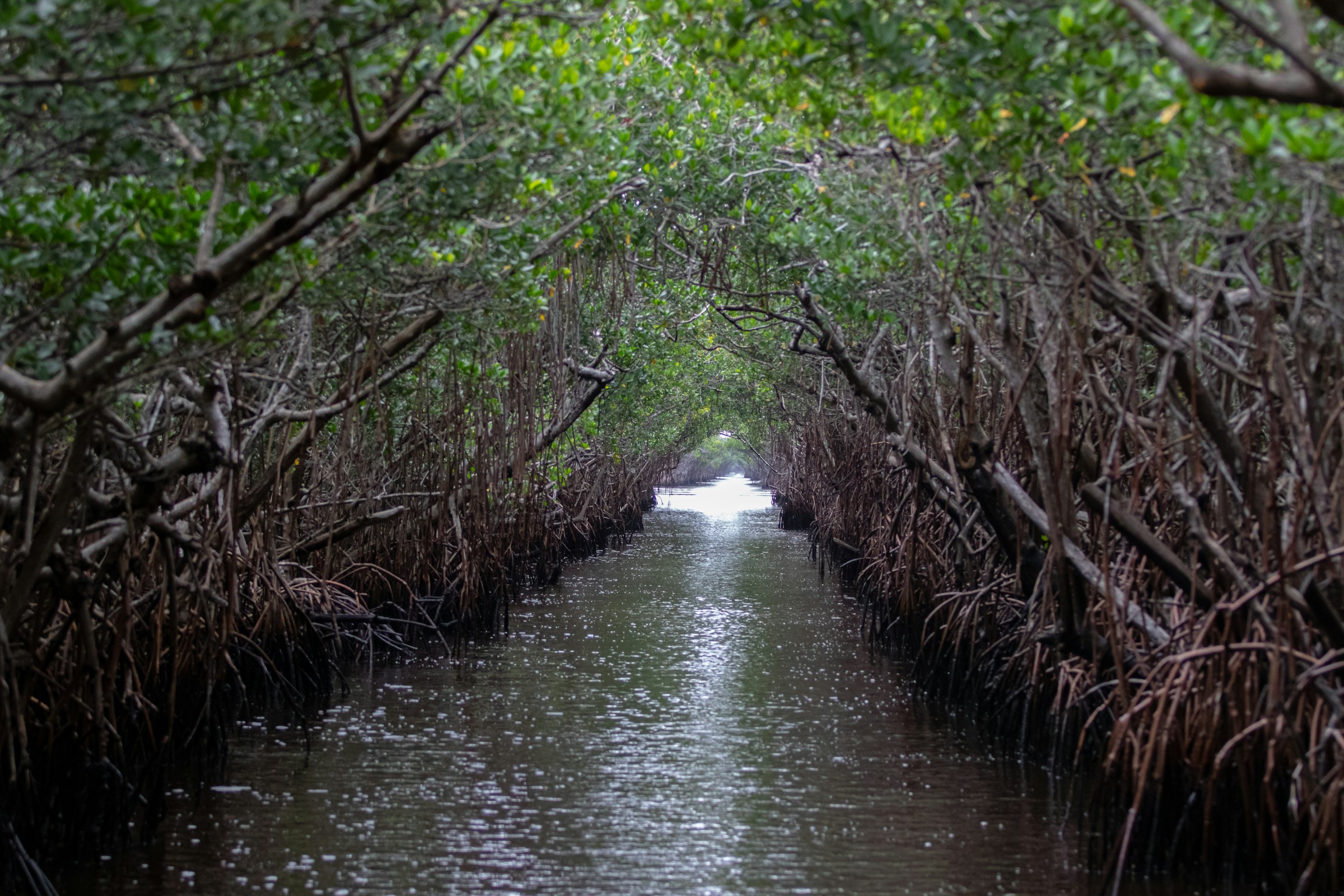
Travel Information
Essential details for planning your visit
Getting There
Entrances at Homestead, Shark Valley, and Gulf Coast (near Everglades City). Miami International Airport is the closest major airport, about 50 miles east.
Where to Stay
Campgrounds inside the park, eco-lodges, and hotels in nearby Homestead or Miami. Options range from rustic camping to comfortable accommodations with modern amenities.
Best Time to Visit
Dry season (Dec–Apr) offers cooler temperatures and fewer mosquitoes. Wet season (May–Nov) brings higher water levels and more active wildlife but also more insects.
Entry Fees & Passes
$30 per vehicle (valid 7 days). Annual passes available. Fees can be paid online or at visitor centers. America the Beautiful Pass accepted.
Safety & Tips
Important advice for a safe and enjoyable visit
Bring insect repellent and sunscreen. Mosquitoes can be particularly heavy during the wet season, and the Florida sun can be intense year-round.
Stay hydrated — heat and humidity are intense. Carry plenty of water, especially when hiking or participating in outdoor activities.
Maintain safe distances from wildlife. Alligators may appear slow but can move quickly when threatened. Never feed wildlife.
Expect rain in the wet season; check weather forecasts. Afternoon thunderstorms are common and can develop quickly.
Watch for signage — cell service is limited in some areas. Download maps and information before entering remote sections of the park.
Photo Gallery
Stunning views of Everglades National Park
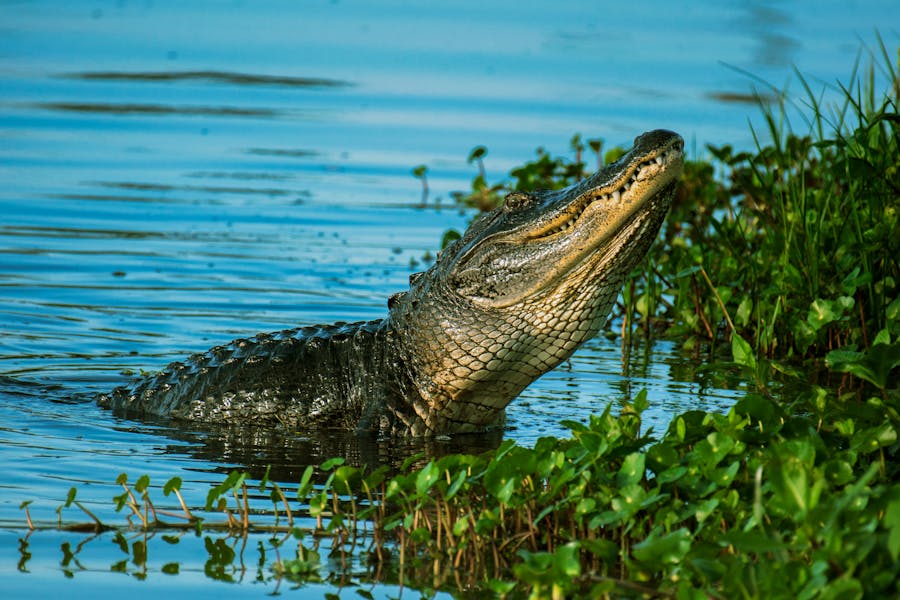
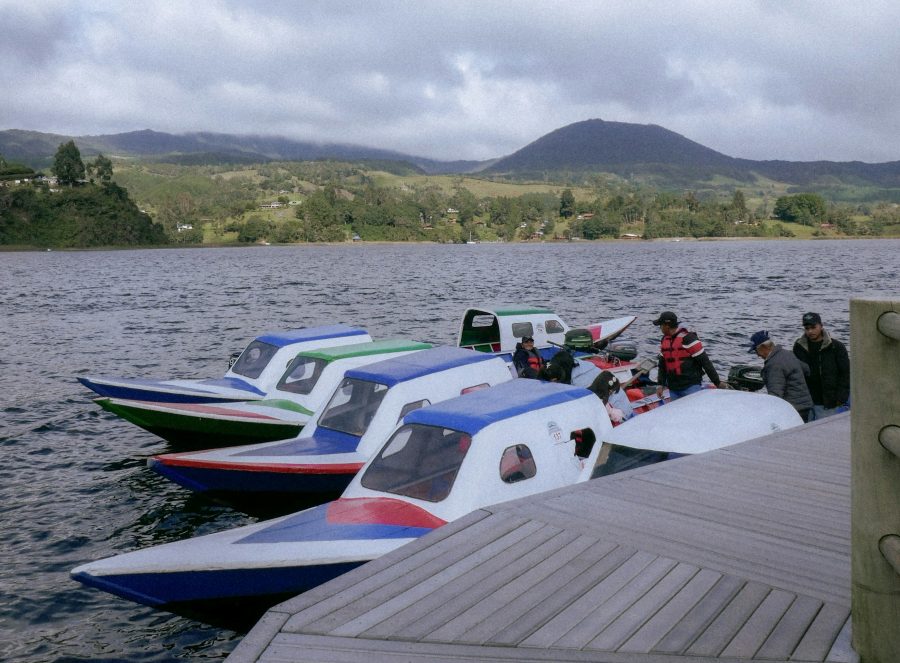
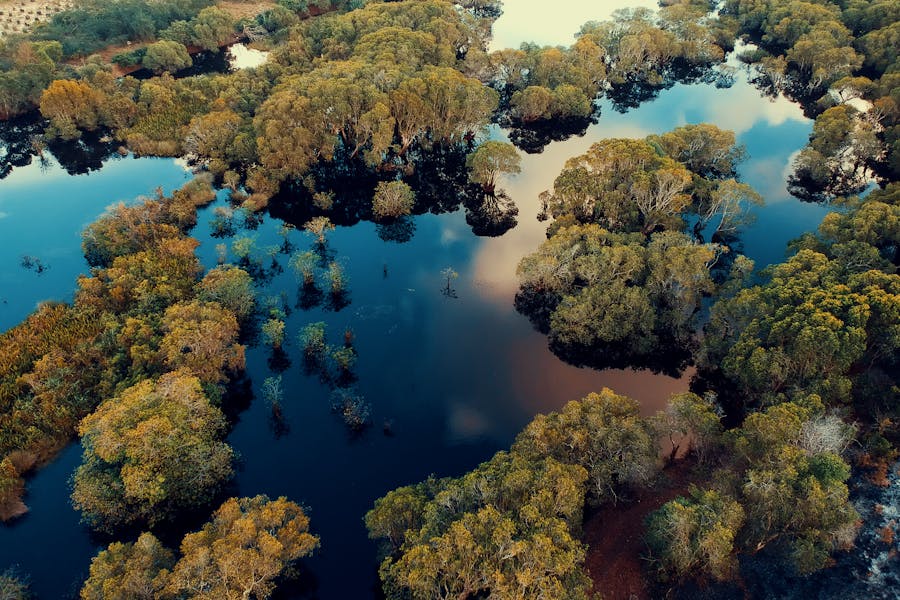
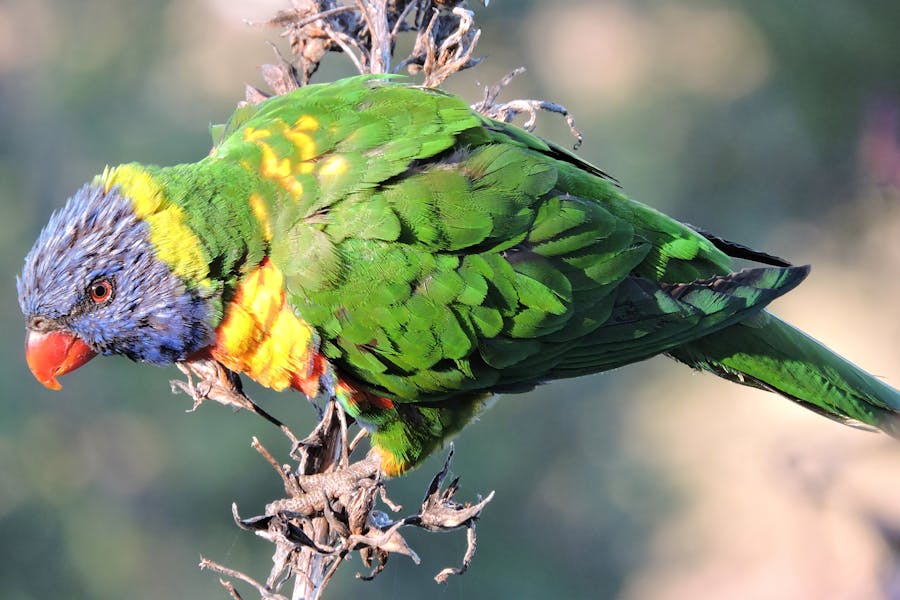

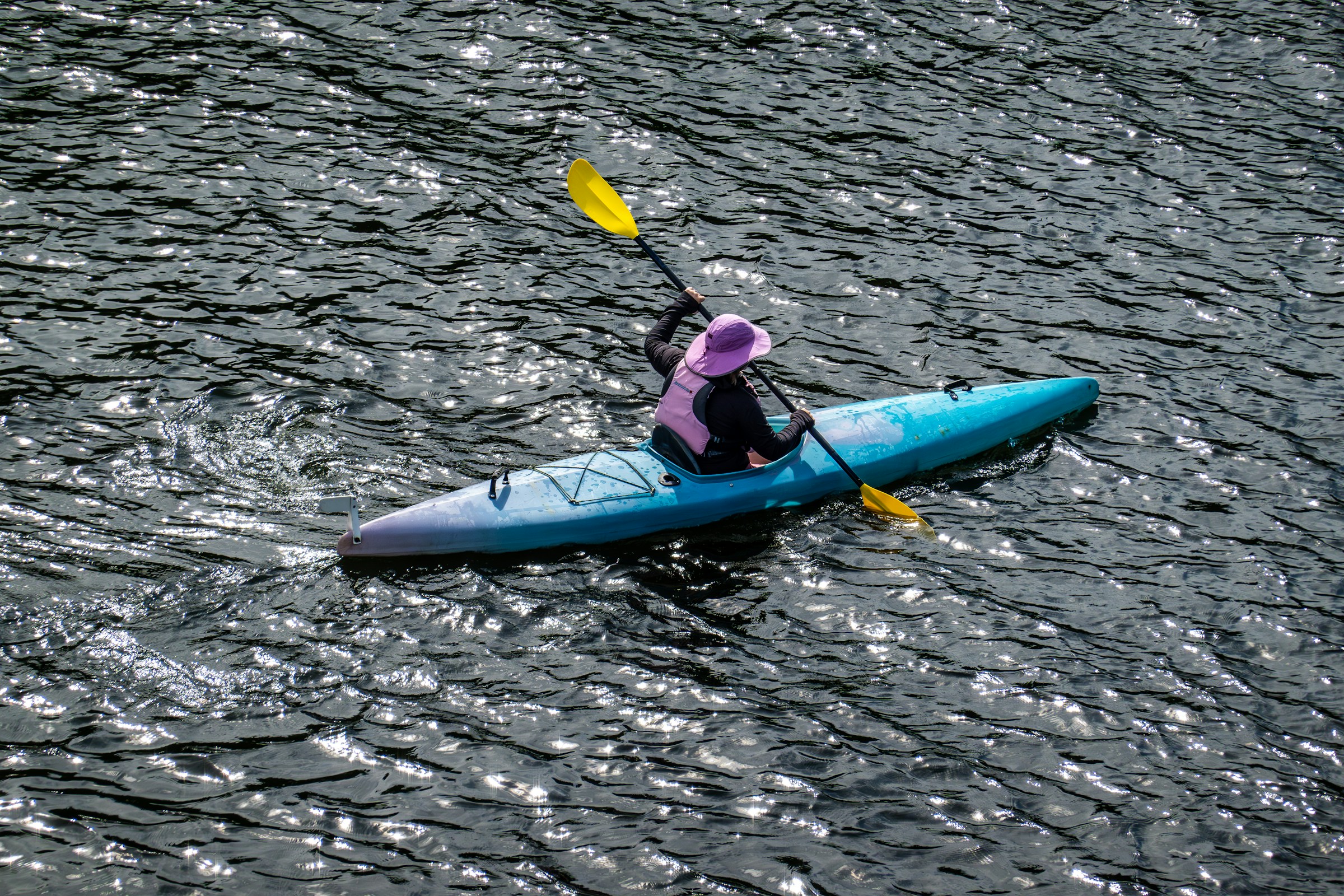
Nearby Attractions
Extend your Florida adventure
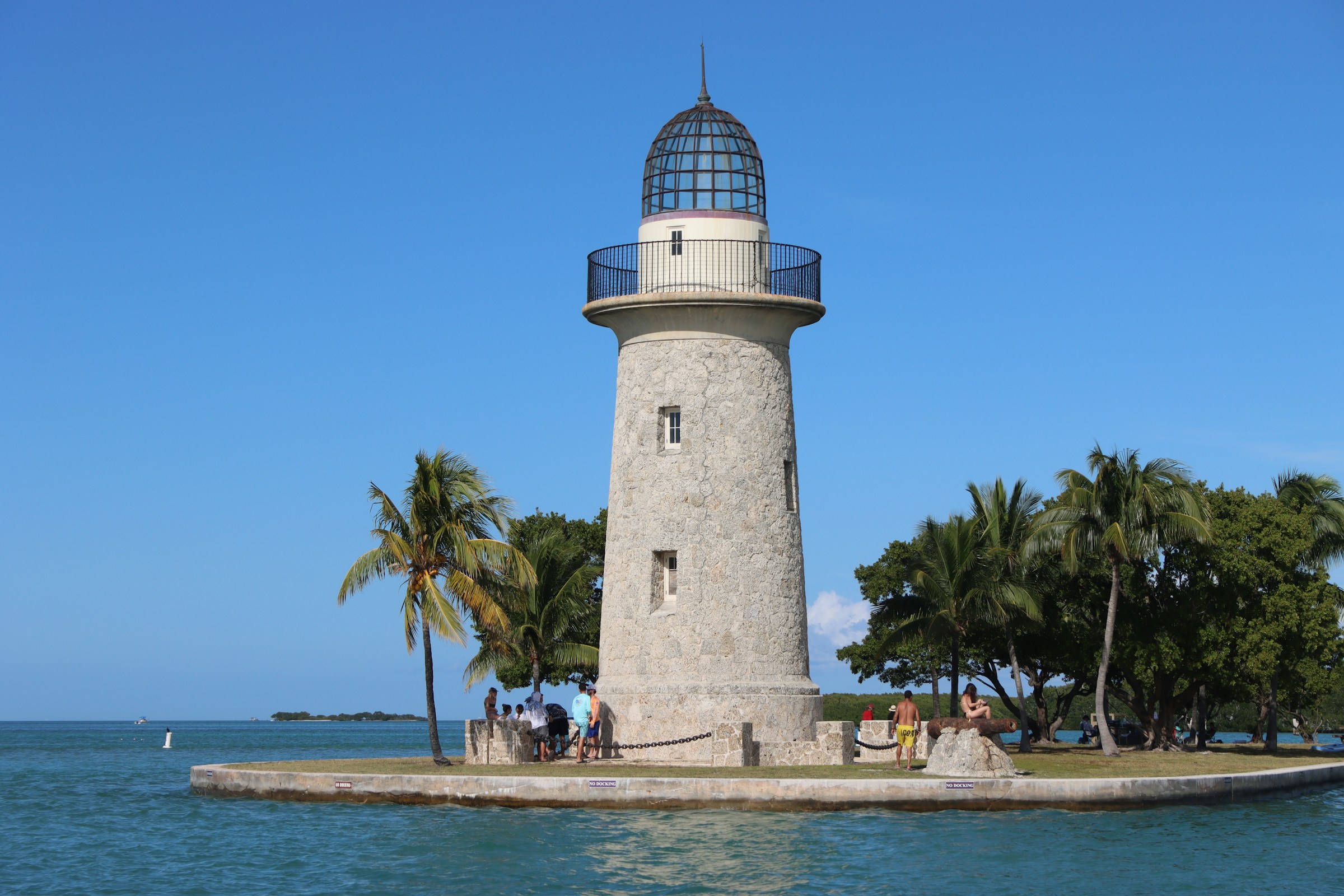
Biscayne National Park
Just east of the Everglades, this park protects mangrove shorelines, clear waters, and vibrant coral reefs. Perfect for snorkeling and boating.
Explore Biscayne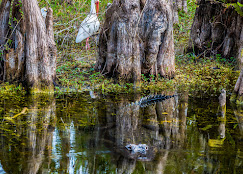
Big Cypress National Preserve
Adjacent to the Everglades, this preserve features cypress swamps, diverse wildlife, and scenic drives along the Tamiami Trail.
Visit Big Cypress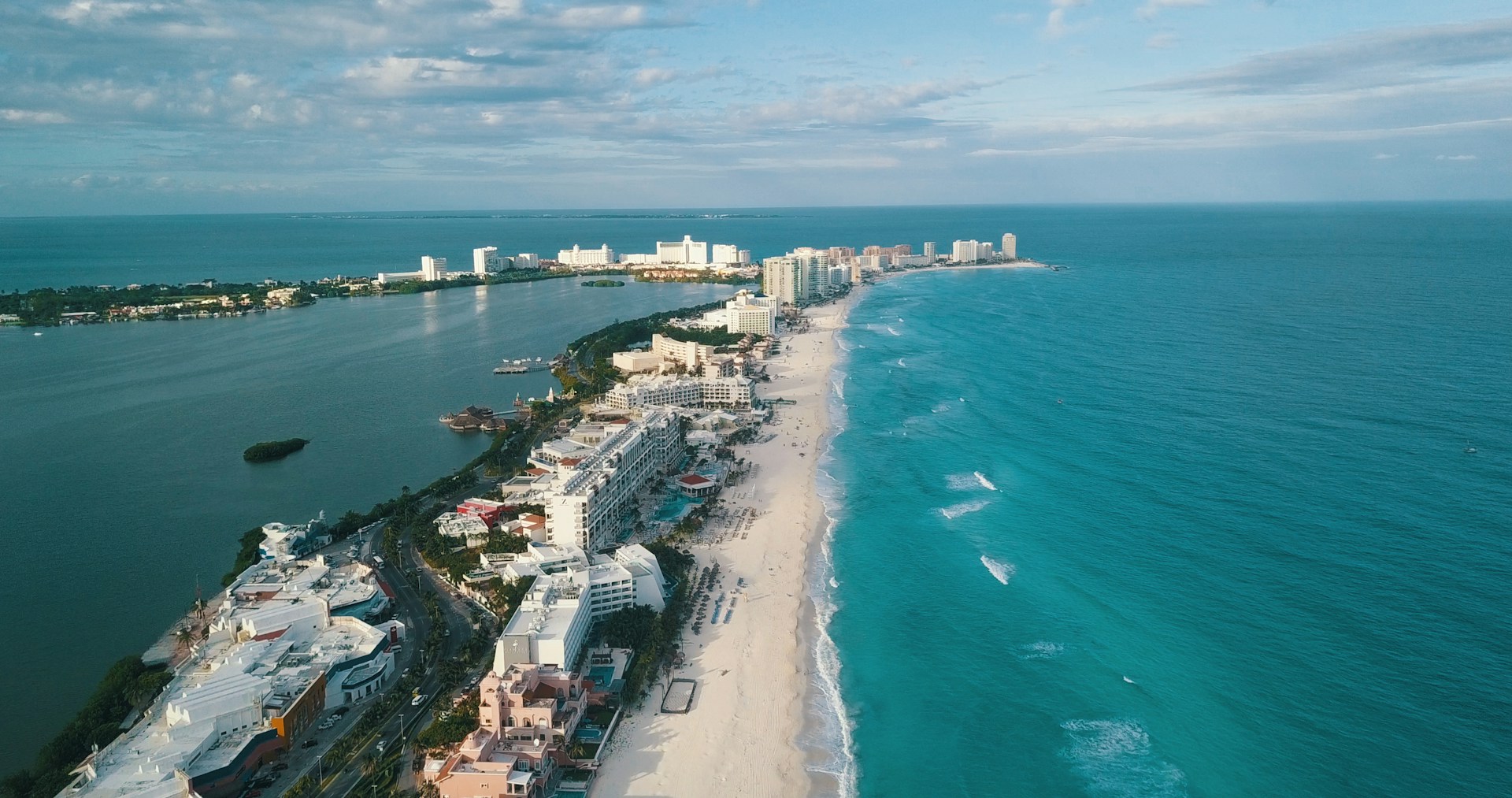
Miami & Florida Keys
Experience vibrant city life in Miami or island-hop through the Florida Keys, with beautiful beaches, diving, and unique culture.
Explore Coastal FloridaPlan Your Everglades Adventure
Discover the beauty and biodiversity of Florida's wetlands — where every ripple tells a story of survival and life.
Book a Tour View Park Map